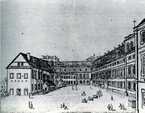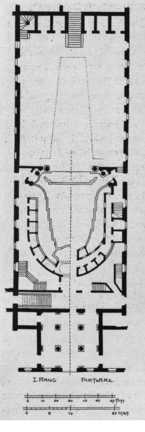EN
history of the theatresupplementtechnical dataHistoric equipmentMannheim Court Theatre
Alessandro Galli da Bibiena
alias NationaltheaterMannheim | |
| show on the map |
Important events
People
Alessandro Galli da Bibiena |main architect
History
Additional information
This entry confuses two theatres, the old court opera 1742-1795, and the old National Theatre 1777-1943 at another site, on the other side of Mannheim castle.
Andreas Praefcke - 07.03. 2024
Add information







